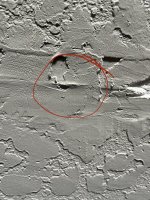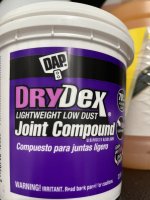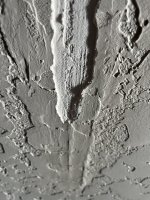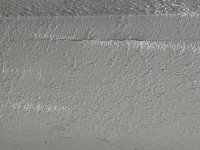Our home in Idaho is pretty newish. We noticed that one area of the ceiling had an approximately 2 foot section of drywall tape starting to bubble and just seemed like it wasn’t adherent to the Sheetrock and joint compound beneath it. There’s no reason to suspect a water issue.
I pulled the loose tape up, cleaned up the area of loose material and re-taped it using the adhesive drywall mesh tape. I then filled in the area with joint compound, re-textured and repainted the area. Less than 4-6 weeks later there is a very noticeable crack forming exactly at the drywall seam. I scraped away some of the loose material before I thought to take a picture but here is a picture of a cracked section.

Any idea what would cause this and how I can prevent it from happening the next time? From the small section where I scraped the loose material it seems like the dry wall mech tape that I recently installed is still intact and not pulling up.
tape that I recently installed is still intact and not pulling up.
I pulled the loose tape up, cleaned up the area of loose material and re-taped it using the adhesive drywall mesh tape. I then filled in the area with joint compound, re-textured and repainted the area. Less than 4-6 weeks later there is a very noticeable crack forming exactly at the drywall seam. I scraped away some of the loose material before I thought to take a picture but here is a picture of a cracked section.

Any idea what would cause this and how I can prevent it from happening the next time? From the small section where I scraped the loose material it seems like the dry wall mech
 tape that I recently installed is still intact and not pulling up.
tape that I recently installed is still intact and not pulling up.

